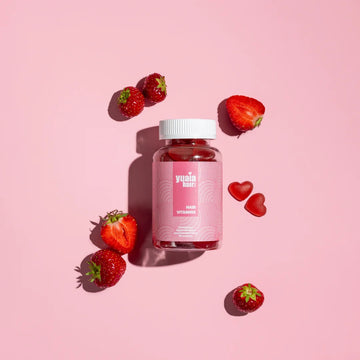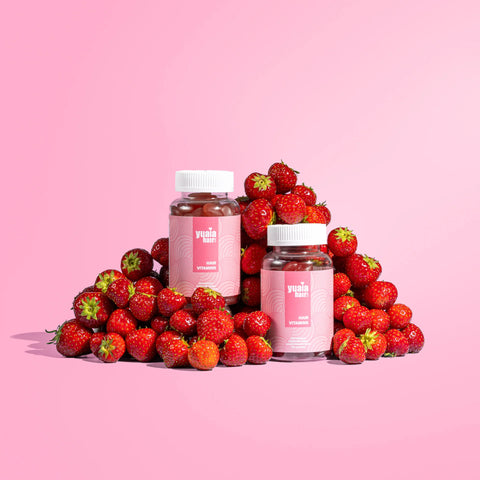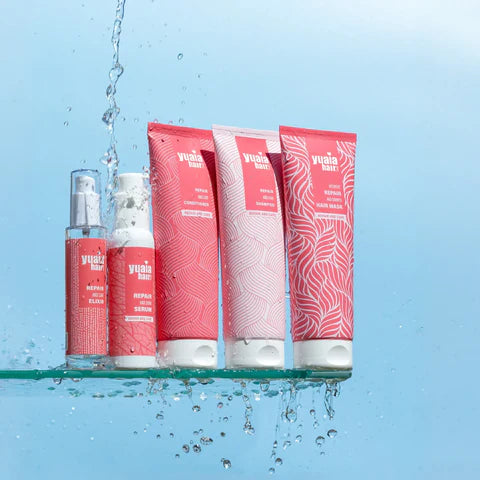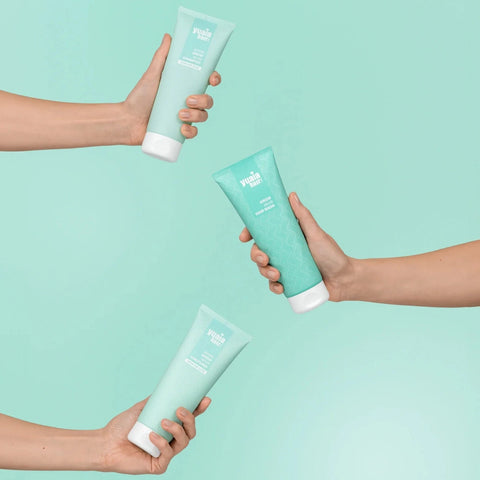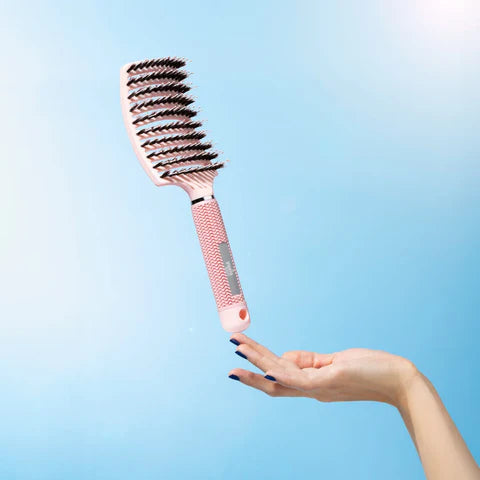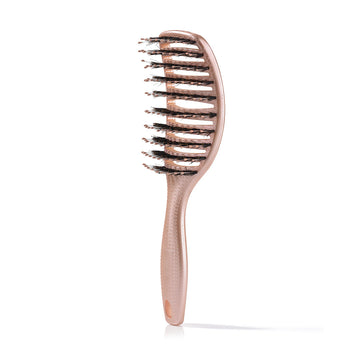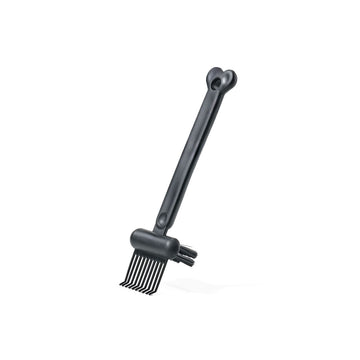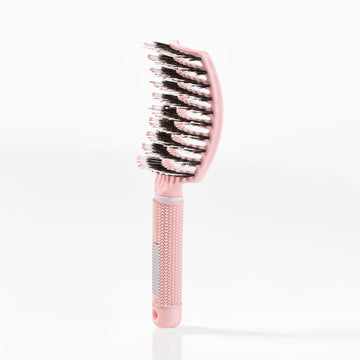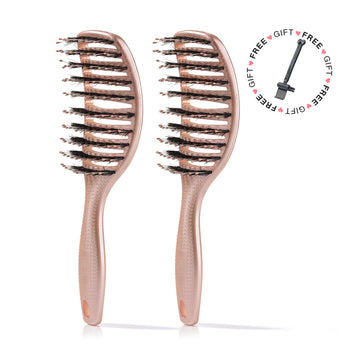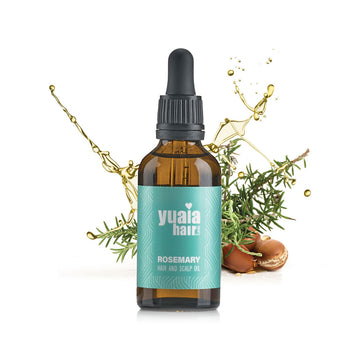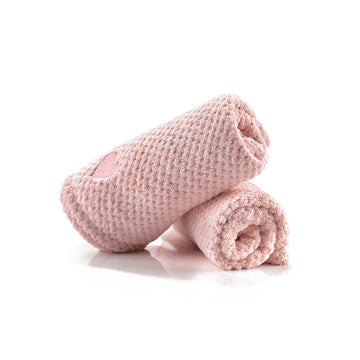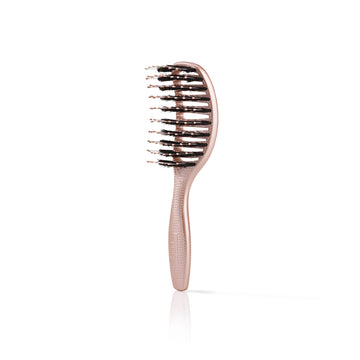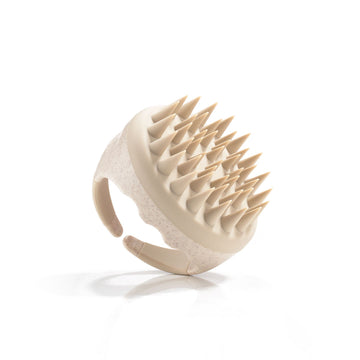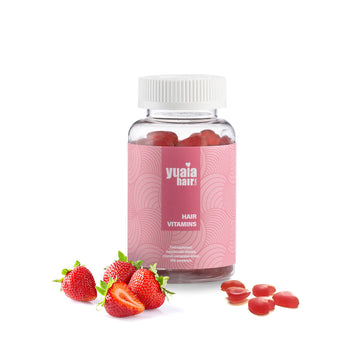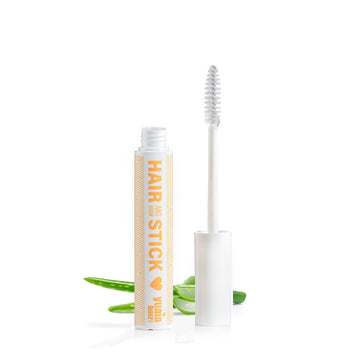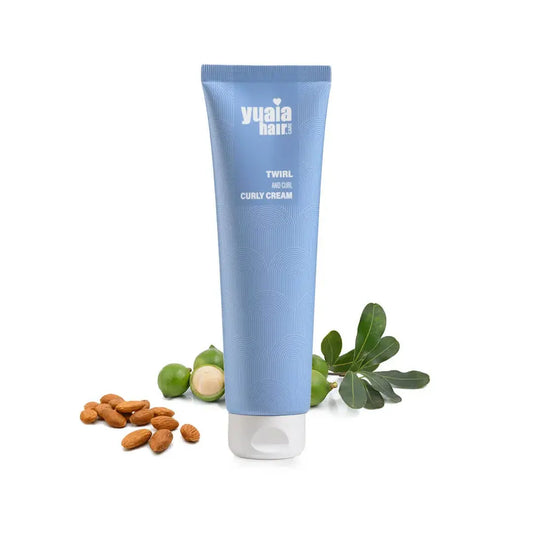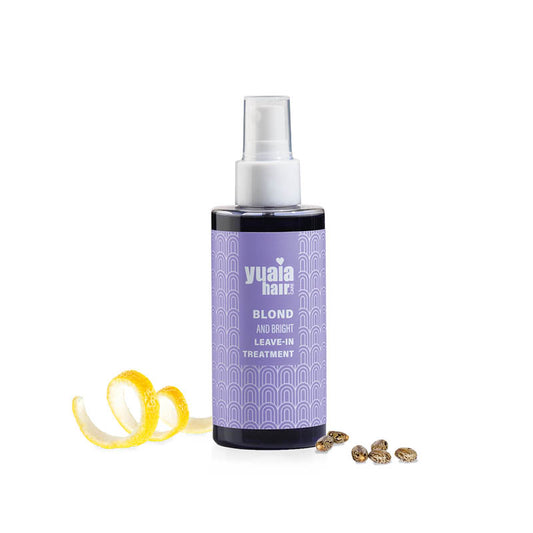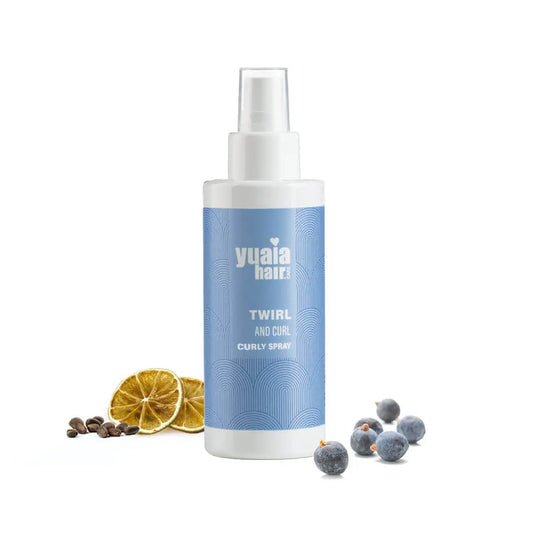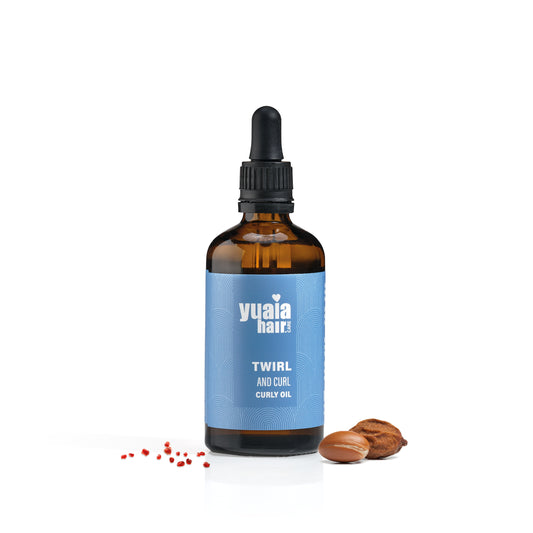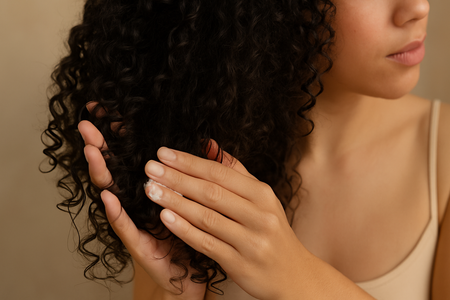
Understanding the confusion
Many individuals with curly hair find themselves confused by the overlapping purposes of curl creams and leave-in conditioners. While both aim to enhance curls, they serve distinct functions. Curl cream is primarily a styling product that provides hold and definition, while leave-in conditioner focuses on hydration and protection. This post aims to clarify these differences, helping you make an informed decision about which product is best suited for your curls.
Initial insight: Using both for optimal results
It's important to note that curl cream and leave-in conditioner are not mutually exclusive. In fact, they can complement each other when used together. Applying a leave-in conditioner first can provide essential moisture and detangling benefits, while following with a curl cream can enhance curl definition and hold. This combination can address multiple curl care needs, offering a comprehensive approach to curly hair maintenance.
Whether you're dealing with medium to thick curls that need extra hold or finer curls that require lightweight moisture, understanding the distinct roles of these products is the first step in crafting a curl care routine that works for you. By exploring the benefits of both curl cream and leave-in conditioner, you can ensure your curls stay healthy, hydrated, and beautifully defined.
What is curl cream?
Curl cream is primarily a styling product crafted to define, shape, and hold curls while controlling frizz. It is known for its thick and creamy texture, often enriched with nourishing oils and butters. These ingredients work together to provide structure and support, making it an ideal choice for medium to thick, dry, or frizz-prone curls. By enhancing the natural curl pattern, curl cream helps in achieving long-lasting, well-defined curls that are both bouncy and smooth.
What is a leave-in conditioner?
Leave-in conditioner, on the other hand, is a lightweight, water-based formula designed to provide hydration, detangling, and protection for your hair. Its primary purpose is to moisturize and smooth the hair, making it suitable for all curl types, especially fine or looser curls. The presence of humectants in leave-in conditioners helps to lock in moisture, ensuring that your hair remains soft and manageable throughout the day.
Core differences and benefits
- Texture: Curl cream is thick and creamy, whereas leave-in conditioner is lightweight and can be either liquid or creamy.
- Purpose: Curl cream focuses on styling and hold, while leave-in conditioner is aimed at hydration and detangling.
- Best for: Curl cream is ideal for medium to thick curls, while leave-in conditioner suits all curl types, particularly finer curls.
Application sequence and complementarity
To achieve optimal results, it's recommended to layer these products. Start with a leave-in conditioner to provide your hair with essential moisture and detangling benefits. Follow this up with a curl cream to enhance definition and provide hold. This layering method addresses multiple needs: hydration, manageability, definition, and frizz control, creating a comprehensive approach to curl care.
For those looking to enhance their curls, our Twirl and Curl curly cream offers excellent definition and frizz control. Its blend of nourishing ingredients ensures your curls are not only defined but also healthy and vibrant. By incorporating both a curl cream and a leave-in conditioner into your routine, you can achieve a balance of moisture and styling that keeps your curls looking their best.
Suitability for different hair types
Understanding the suitability of curl cream and leave-in conditioner for various hair types can make a significant difference in achieving your desired curl look. For those with medium to thick curls, curl cream can offer the necessary hold and definition to maintain the shape of your curls throughout the day. Its rich texture is particularly effective in taming frizz and providing structure, making it a go-to choice for those seeking enhanced curl patterns.
In contrast, leave-in conditioner is versatile and suitable for all curl types, particularly fine or looser curls that benefit from lightweight moisture. Its water-based formula ensures that your hair remains hydrated without feeling weighed down. By detangling and smoothing the hair, leave-in conditioner prepares your curls for subsequent styling, making it an essential base product in any curl care routine.
Crafting your curl care routine
Creating a personalized curl care routine involves experimenting with different products and techniques to find what works best for your unique hair type. Start by applying a leave-in conditioner to damp hair, which will provide the necessary moisture and detangling benefits. Follow this with a curl cream to enhance curl definition and offer hold. Adjust the amount of each product based on your curl type and specific needs.
For those with particularly dry or frizz-prone curls, consider using a nourishing oil like rosemary oil to seal in moisture and add shine. This can be especially beneficial when combined with a curl cream, amplifying its frizz control and styling properties. Experiment with different application techniques, such as scrunching or finger coiling, to achieve the best results for your curls.
Frequently asked questions
Can I use curl cream and leave-in conditioner together?
Yes, they complement each other well when layered correctly. Begin with a leave-in conditioner for moisture and detangling, then follow with a curl cream for styling and hold.
How do I know which product to use for my curls?
Consider your curl type, hair texture, and specific needs like moisture or hold. Medium to thick curls often benefit from curl cream, while leave-in conditioner is ideal for all curl types, especially finer curls.
Is there a recommended product for curly hair?
At Yuaia Haircare, we offer the Twirl and Curl curly cream for defining and enhancing curls.
What if I have both fine and thick curls?
Experiment with different combinations and amounts to see what works best for your unique curl pattern. You may find that using a mix of both products provides the best results.
 2-5 day delivery
2-5 day delivery
 25.000+ satisfied customers
25.000+ satisfied customers
 Satisfaction Guarantee
Satisfaction Guarantee

